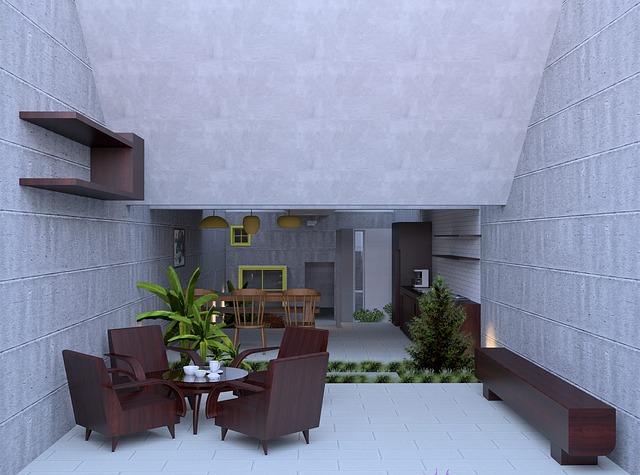Harnessing the Power of Soundscapes in Home Design
In the ever-evolving world of home design, a new frontier is emerging that engages not just our eyes, but our ears as well. Acoustic design, once reserved for professional studios and concert halls, is now making its way into our living spaces. This innovative approach to interior design focuses on creating harmonious soundscapes that enhance our daily lives, reduce stress, and transform our homes into true sanctuaries.

The Science Behind Sound and Well-being
Research has long shown that our auditory environment plays a crucial role in our mental and physical health. Excessive noise pollution can lead to increased stress levels, sleep disturbances, and even cardiovascular issues. Conversely, positive soundscapes can reduce anxiety, improve focus, and enhance overall well-being.
Acoustic designers are now applying this knowledge to create homes that not only look good but sound good too. By carefully considering the acoustic properties of materials, the placement of sound-absorbing and sound-reflecting surfaces, and the integration of natural and artificial sound sources, they are crafting spaces that resonate with harmony.
Incorporating Natural Sounds
One of the key elements in acoustic home design is the integration of natural sounds. Water features, from small desktop fountains to grand indoor waterfalls, can introduce the soothing sound of flowing water into any space. These not only mask unwanted noise but also create a sense of tranquility and connection to nature.
Indoor plants play a dual role in acoustic design. Their leaves naturally absorb and diffuse sound waves, helping to reduce echo and create a more balanced acoustic environment. Additionally, the gentle rustling of leaves can contribute to a calming atmosphere, especially when strategically placed near windows or air vents.
Architectural Elements for Sound Control
The shape and structure of a room significantly impact its acoustic properties. Designers are now incorporating architectural elements specifically designed to enhance sound quality. Curved walls, for instance, can help distribute sound more evenly throughout a space, reducing harsh echoes and creating a more pleasant auditory experience.
Ceiling treatments are another area of focus. Coffered ceilings, once primarily decorative, are being reimagined as functional acoustic elements. By incorporating sound-absorbing materials into the recesses, these ceilings can help control reverberation and create a more intimate sonic environment.
Smart Technology in Acoustic Design
As with many aspects of modern home design, technology is playing an increasingly important role in acoustic design. Smart speakers and sound systems can be programmed to create dynamic soundscapes that change throughout the day, adapting to different activities and moods.
Noise-canceling technology, traditionally found in headphones, is now being integrated into home environments. Smart windows and walls can actively cancel out external noise, creating oases of calm even in bustling urban environments.
Materials Matter: Acoustic Properties in Decor
The materials used in home decor play a crucial role in shaping a space’s acoustic profile. Designers are now considering the sound-absorbing qualities of fabrics, furniture, and even wall coverings alongside their visual appeal.
Plush carpets and area rugs, for example, not only add warmth and texture to a room but also help absorb sound and reduce echo. Similarly, upholstered furniture with high backs can act as sound barriers, creating pockets of acoustic privacy within larger spaces.
Zoning with Sound
Just as we use visual elements to define different areas within an open-plan space, sound can be used to create distinct zones. By carefully controlling the acoustic properties of different areas, designers can create a sense of separation without the need for physical barriers.
For instance, a workspace might incorporate more sound-absorbing elements to create a quiet, focused environment, while a living area might feature livelier acoustics to encourage conversation and social interaction.
The Future of Acoustic Home Design
As our understanding of the impact of sound on well-being grows, so too does the potential for acoustic design in our homes. We may soon see the development of personalized acoustic profiles, where the soundscape of a home adapts to individual preferences and needs.
The integration of biophilic design principles with acoustic design also holds exciting possibilities. By mimicking the sound patterns found in nature, we can create truly restorative environments that help counteract the stresses of modern urban life.
In conclusion, the rise of acoustic design in home interiors represents a shift towards a more holistic approach to living spaces. By considering not just how our homes look, but how they sound and feel, we can create environments that truly nurture our well-being. As this field continues to evolve, it promises to transform our homes into harmonious havens that engage all our senses, offering a new level of comfort and tranquility in our daily lives.





